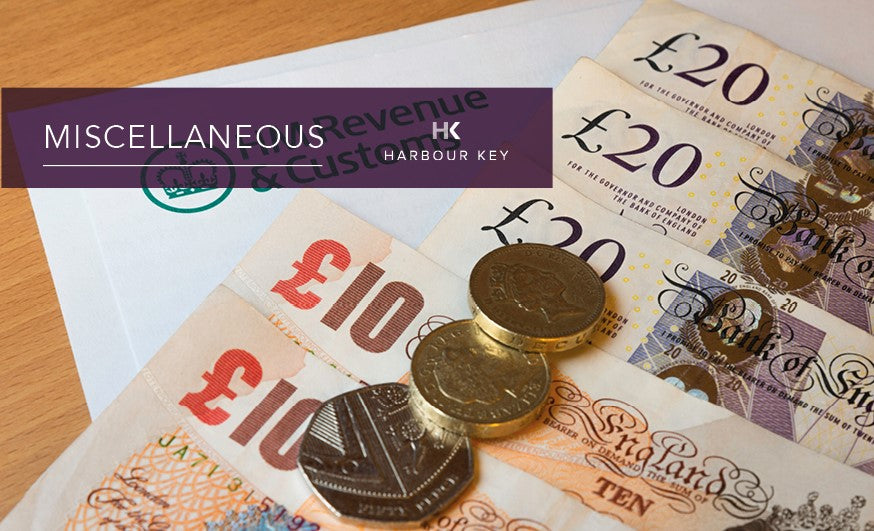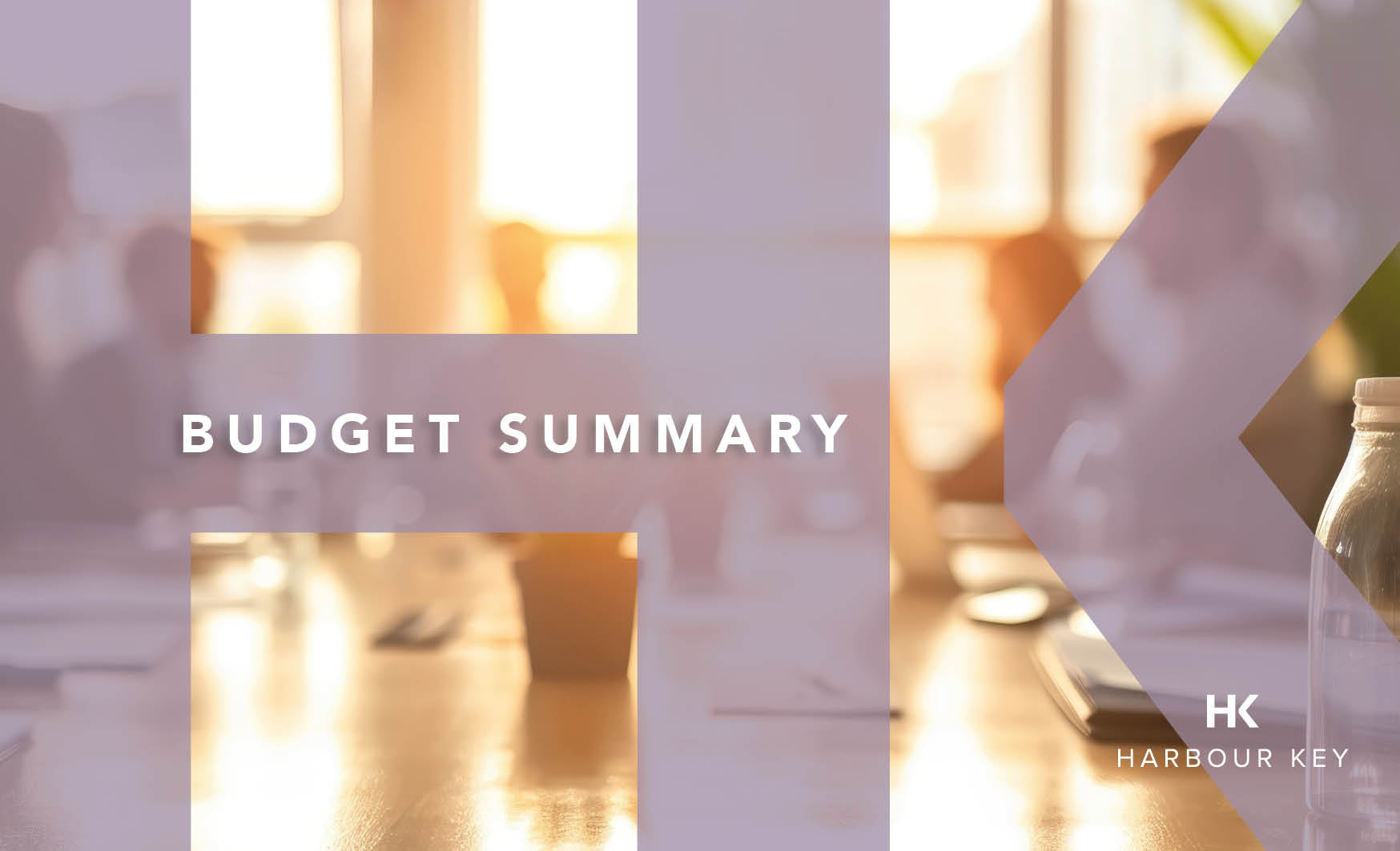
The Spring Budget is next week, and although it is believed there will be little in the way of tax announcements, as this was dealt with in the Autumn Statement, there are a number of tax changes coming in from April 2023.
As these various tax changes were set out (and reversed) over a number of Budgets it has been challenging to keep up. We have therefore summarised the main changes here. With the tax year coming to an end, there could be planning opportunities.
Individuals
- The personal allowance (£12,570), and the basic and higher-rate income tax thresholds in England and Northern Ireland are frozen until April 2028. A freeze may not look like a tax rise on the face of it, but with thresholds that fail to rise in line with income, you'll still end up paying more tax on your income over time.
- Reduction of the additional-rate income tax threshold, dropping from £150,000 to £125,140 from 6 April 2023. It's estimated around 250,000 taxpayers will be pushed into this higher tax band, paying 45% tax on any income above the new limit.
- From 6 April, the dividend allowance (amount of dividend income you can earn tax free) will be cut from £2,000 to £1,000. From April 2024, it will be reduced to £500. This follows the increase of 1.25% to dividend income tax rates in the current tax year.
- The capital gains tax exemption (the amount of chargeable gains on the disposal of a chargeable asset on which tax is not paid) will be reduced from £12,300 to £6,000 from 6th April 2023 (and reducing again to £3,000 from 6th April 2024).
- The capital gains tax annual exemption for trusts will reduce to £3,000 from 6th April 2023.
- The ‘current year’ basis is to be changed to a ‘tax year’ basis for sole traders and partnerships, meaning that business profits will be calculated for the tax year rather than for the period of account (i.e. their accounting year) ending in the tax year. The move to this new tax year basis will involve a transitional (catch-up) year for many sole traders and partnerships that do not use 5 April or 31 March as their accounting date. This will advance tax liabilities for many. The original proposal was to make this change from 2023/24, but the change has been delayed until 2024/25, with 2023/24 as the transitional year. More details can be found HERE.
- Contributions - Normally you must make the top-up payment within six years of missing the original payment, however, individuals reaching State Pension age on or after 6 April 2016 have until 31 July 2023, to pay for any gaps from 2006/07 to 2015/16 tax years, thereafter it will only be six years for everyone.
Please click here to view our individual planning checklist which provides a guide to the opportunities that we believe individuals may wish to consider.
Company
Corporation Tax Rate Increase
Currently all companies regardless of the size of their taxable profits pay Corporation Tax at the rate of 19%.
From 1 April 2023 a new higher rate, of up to 25%, comes into effect for companies with taxable profits over £50,000. It should be noted that this increase will not affect all companies. The Corporation Tax rate of 19% will still apply to companies with taxable profits of less than £50,000. There will be a marginal rate of Corporation Tax for companies with taxable profits between £50,001 and £250,000. It is effectively a sliding scale between 19% and 25%. The closer your taxable profits are to £50,000 the effective rate will be closer to 19% and vice versa to £250,000 of taxable profits, meaning an effective rate closer to 25%.
For example, a company with a year end of 31 March 2024 with taxable profits of £100,000, will pay Corporation Tax of £22,750, being an effective rate of tax of 22.7%. However, a company with a year end of 31 March 2024 with taxable profits of £200,000 will pay Corporation Tax of £49,250, being an effective rate of tax of 24.83%.
Where a company has multiple associated companies (companies under common control, as well as active group companies), known as an associated company, or the accounting period is less than 12 months, then the limits of £50,000 and £250,000 will be reduced accordingly. For example, if two associated companies, then the £50,000 becomes £25,0000, the £250,000 becomes £125,000.
Quarterly Instalment Payments
The new associated company rules may also accelerate the timing of the payments. The current threshold at which companies are required to pay their tax by quarterly instalments (QIP) is £1.5 million. For a group of 5 companies currently treated as associated, this limit is reduced to £300,000, but in cases where an individual owns additional companies outside a group, these will now have to count as well under the new rules, reducing the threshold at which QIP is triggered further. This can mean that companies have to start paying their current year QIP before the tax liability for the prior year is due.
The additional profit thresholds of £10 million (at which companies fall straight into QIP without the usual year's grace) and £20 million (entry to the "very large" QIP regime) are also affected by the extension to the associated company rules.
Capital Allowances
It has been confirmed that the Annual Investment Allowance ("AIA"), allowing qualifying expenditure to be fully written off in the year it is incurred, is to remain at the current level of £1 million. The AIA covers most forms of plant and machinery (including commercial vehicles, but not cars), as well as fixtures (such as air conditioning and electrical works) within commercial property.
The 100% First Year Allowance for zero-emission vehicles remains in place for purchases of new fully electric cars before 31 March 2025.
The 130% "super-deduction" available for expenditure on most items of new/unused plant and machinery incurred in the period 1 April 2021 to 31 March 2023 has already provided companies with a significant cash flow benefit. It could be tempting to assume accelerating the cash outlay on an item to pre-31 March is beneficial for tax purposes. However, this may not always be the best option.
However, companies expecting to secure the full 130% super-deduction by bringing forward capital expenditure to pre-31 March 2023 may have an unwelcome surprise in some cases. For example, a company with a 30 September 2023 year end incurring £10,000 on a new machine before 31 March 2023 will satisfy the conditions to claim a super-deduction - but this will be at 115%, rather than the full 130%, as only half of the accounting period itself is pre-31 March 2023.
Research & Development (“R&D”) tax relief
Currently for small and medium (“SME”) sized businesses, for every £10,000 spent on qualifying R&D expenditure, an SME obtains an additional 130% deduction of £13,000, and can sometimes claim a cash credit of up to 14.5% of the full enhanced expenditure of £23,000.
From 1 April 2023, the rate is due to fall from 130% to 86%, with the level of credit coming down to just 10%.
Should you want to discuss anything in this article please do not hesitate to contact the team at Harbour Key Ltd.



